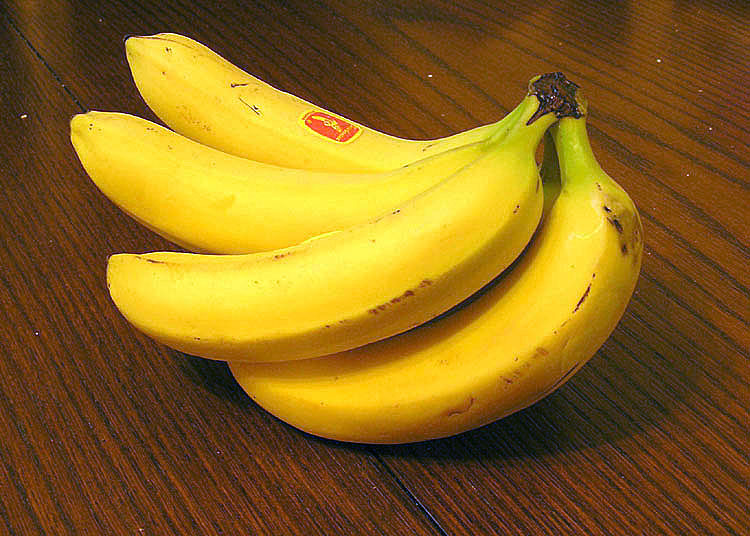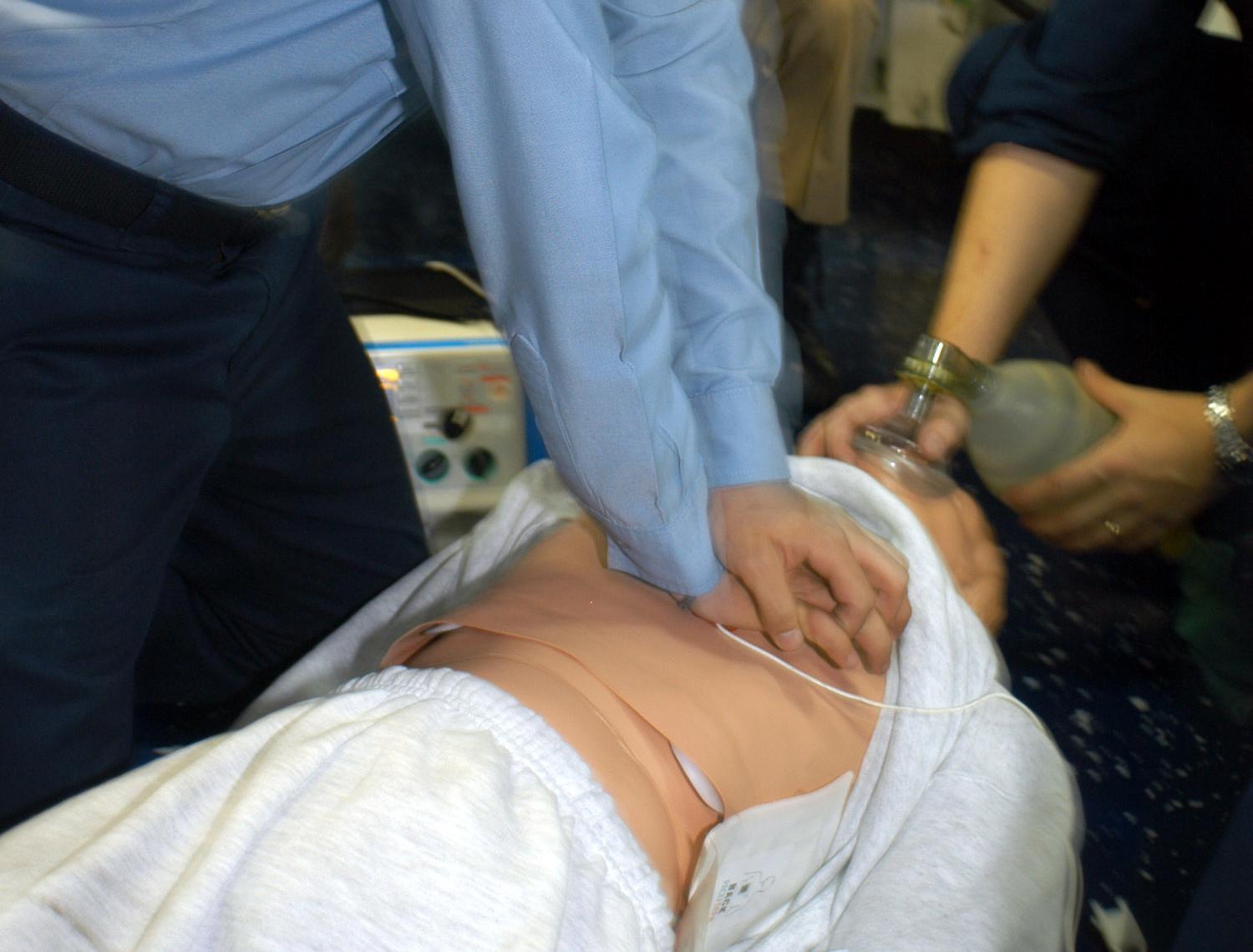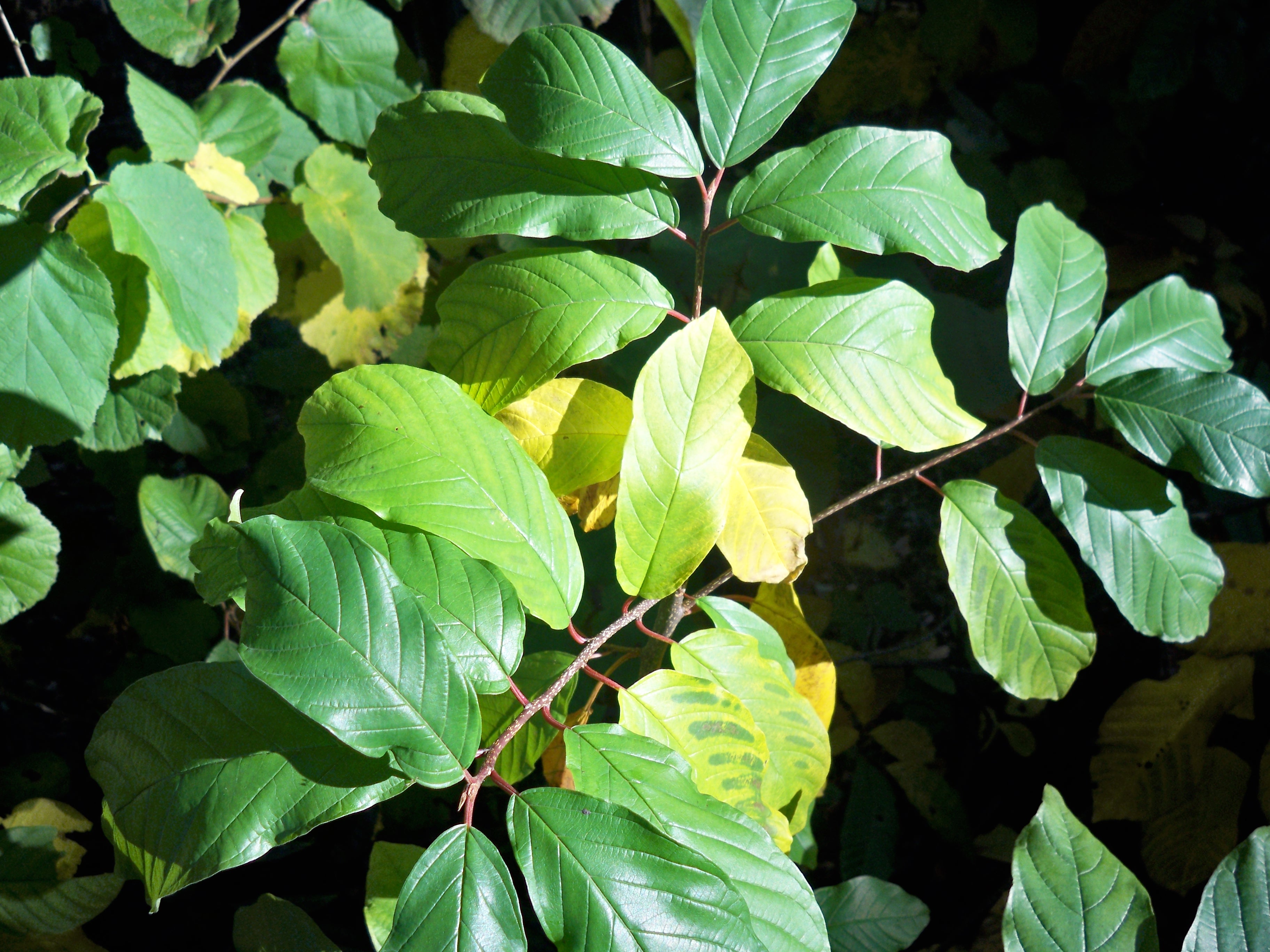HIIT involves alternating between short, vigorous bursts of exercise and going at a lighter, slower pace. This can be done with a variety of exercise types, such as cycling, running or swimming. For this study, healthy (without chronic illness) participants from both an older and younger age group were assigned to one of three types of exercise for twelve weeks. Some did HIIT with cycling and running, others did weight training, and others still did a moderate amount of both. In total, there were 29 adults aged 18-30 and 23 adults aged 65-80 who completed their assigned exercise program. The researchers measured a range of health and fitness parameters both before and 72 hours after these exercise programs.
 They found that all three types of exercise increased muscle mass and strength for both groups, especially with weight training. This is important because unchecked biological aging causes a progressive loss in muscle mass and strength, which is not only unsightly, but also dangerous to our health and independence. All groups also showed an increase in insulin sensitivity, which is likely to mean a reduced risk of diabetes (and the very pro-aging process of glycation). In addition to this, both groups who did HIIT, whether alone or in combination, saw a boost in the amount of oxygen they consumed at peak intensity, which is an indicator of cardiovascular fitness. The younger volunteers who did HIIT alone increased it by 28%, while the older group saw an increase of 17%. For the mixed program, it was 17% and 21% respectively. This could mean that a combination of exercise types is best for people over the age of 65. Those in the HIIT groups also experienced improvements in the ability of their mitochondria to produce energy. These are small "organelles" (meaning "little organs") in our cells that produce all of our energy. In the HIIT-only groups, the younger volunteers had a 49% increase in mitochondria capacity, and the older volunteers saw a very impressive 69% improvement. In the mixed groups, only the younger volunteers saw their mitochondrial capacity improve, by 38%. Biological aging causes a decline in mitochondrial function too, which could at least partly explain why older people usually lose energy. HIIT also boosted the function of the protein-producing parts of our cells, known as the ribosomes.
They found that all three types of exercise increased muscle mass and strength for both groups, especially with weight training. This is important because unchecked biological aging causes a progressive loss in muscle mass and strength, which is not only unsightly, but also dangerous to our health and independence. All groups also showed an increase in insulin sensitivity, which is likely to mean a reduced risk of diabetes (and the very pro-aging process of glycation). In addition to this, both groups who did HIIT, whether alone or in combination, saw a boost in the amount of oxygen they consumed at peak intensity, which is an indicator of cardiovascular fitness. The younger volunteers who did HIIT alone increased it by 28%, while the older group saw an increase of 17%. For the mixed program, it was 17% and 21% respectively. This could mean that a combination of exercise types is best for people over the age of 65. Those in the HIIT groups also experienced improvements in the ability of their mitochondria to produce energy. These are small "organelles" (meaning "little organs") in our cells that produce all of our energy. In the HIIT-only groups, the younger volunteers had a 49% increase in mitochondria capacity, and the older volunteers saw a very impressive 69% improvement. In the mixed groups, only the younger volunteers saw their mitochondrial capacity improve, by 38%. Biological aging causes a decline in mitochondrial function too, which could at least partly explain why older people usually lose energy. HIIT also boosted the function of the protein-producing parts of our cells, known as the ribosomes. It has been known for many years now that exercise can increase lifespan and reduce mortality rates, with one earlier study in the 1980s showing a 1-2 year benefit to longevity. This may have been an underestimation, as many of the volunteers may have decided to improve their health habits after signing up for the study. Exercise was also found to be more important than family history. Overall, HIIT has added benefits that other exercise types do not seem to possess, but if you want to start and have a medical condition, always consult your doctor first.





.jpg)





